Advertisement
'The Wall Divided The Whole World': German Activist Reflects On Fall Of Berlin Wall 30 Years Later
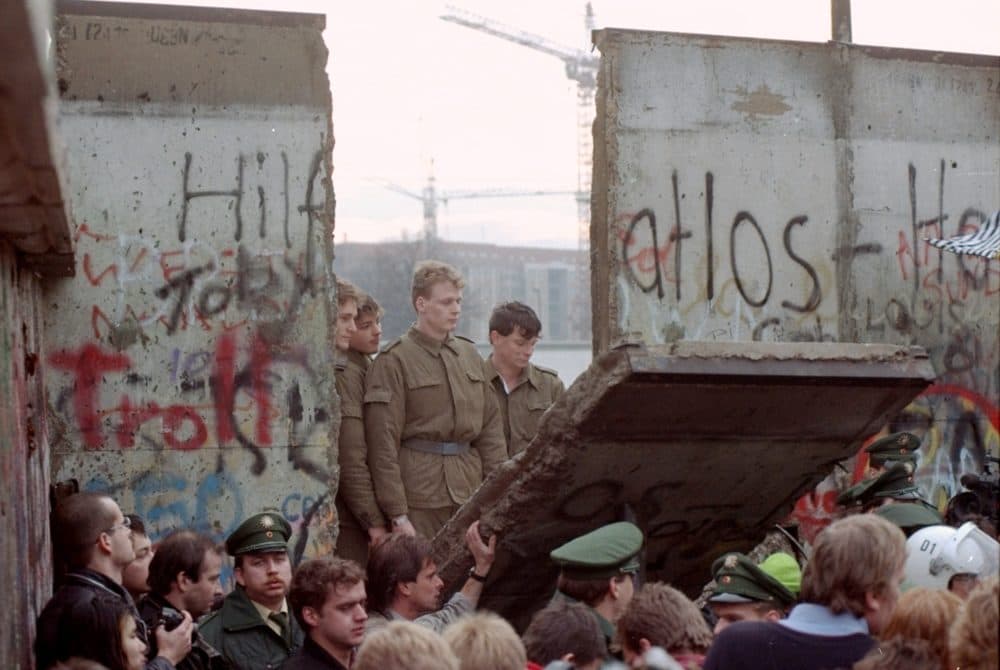
Thirty years ago, the world watched as Germany celebrated a remarkable day in history.
On Nov. 9, 1989, the Berlin Wall fell.
For 28 years, the wall made freedom of movement nearly impossible.
But the tensions that led to its construction go back much further. Berlin — and all of Germany — was split up in 1945 at the end of World War II. Russia took control of the eastern part of the city, and the U.S., Britain and France managed the West.
It wasn’t long before the relationship between the Soviets and the Western powers began to sour. In August 1961, the Soviet-backed government in East Germany started putting up razor wire and concrete barriers through the middle of Berlin.
The official reason: to keep Western fascists out of the Communist East. But really it was designed to keep citizens in East Germany from leaving the country.
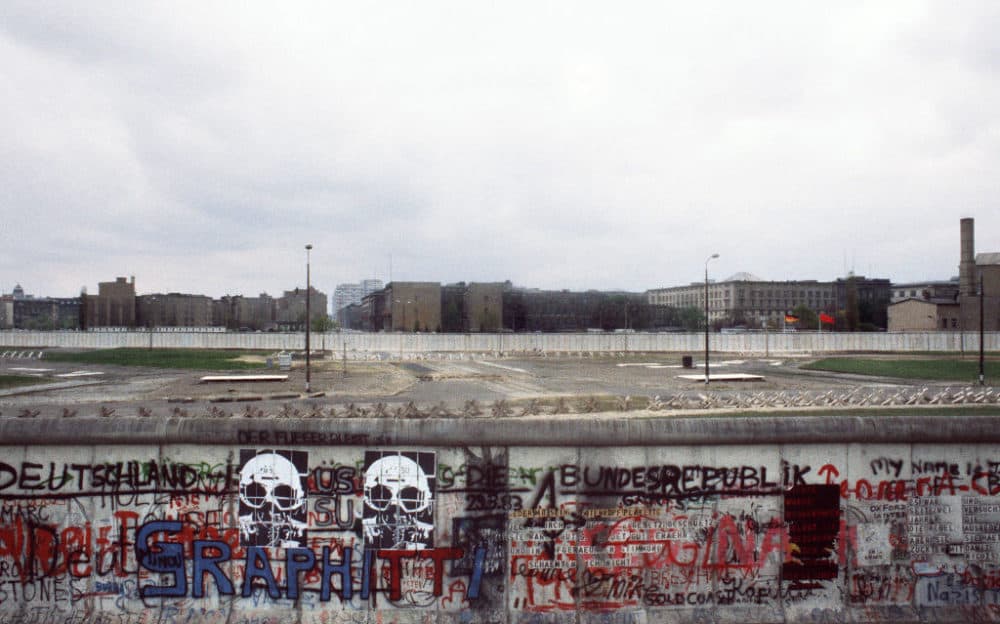
Tensions simmered for decades and sometimes flared into violence, especially at Checkpoint Charlie, one of the best-known crossing points between East and West Berlin, says Alexandra Hildebrandt, director of Berlin’s Checkpoint Charlie Museum.
Hildebrandt says it’s tough to think back on 30 years since the Berlin Wall fell and remember all of the people who died trying to escape East Berlin.
“This is a very difficult feeling,” she says. “This is a great feeling to be free. If you would say it would be wonderful if you would remember German division not just on the anniversaries, but also every day.”
The Checkpoint Charlie museum was built just after the wall went up, Hildebrandt says.
“In the Soviet part of Germany and also of Berlin, [there] was dictatorship. It was Soviets ... who didn't allow the people to speak. They didn't allow people to move,” she says. “So the people did escape. A lot of people. It was engineers. It was the doctors. It was very important people who [were] important for East Germany.”
Advertisement
Many East Berliners made tragic dashes across the wall, trying to escape. They used inventive means to try to get across. They would hide in the backs of cars, in the trunks, under the seats. One person tried to use a homemade hot air balloon.
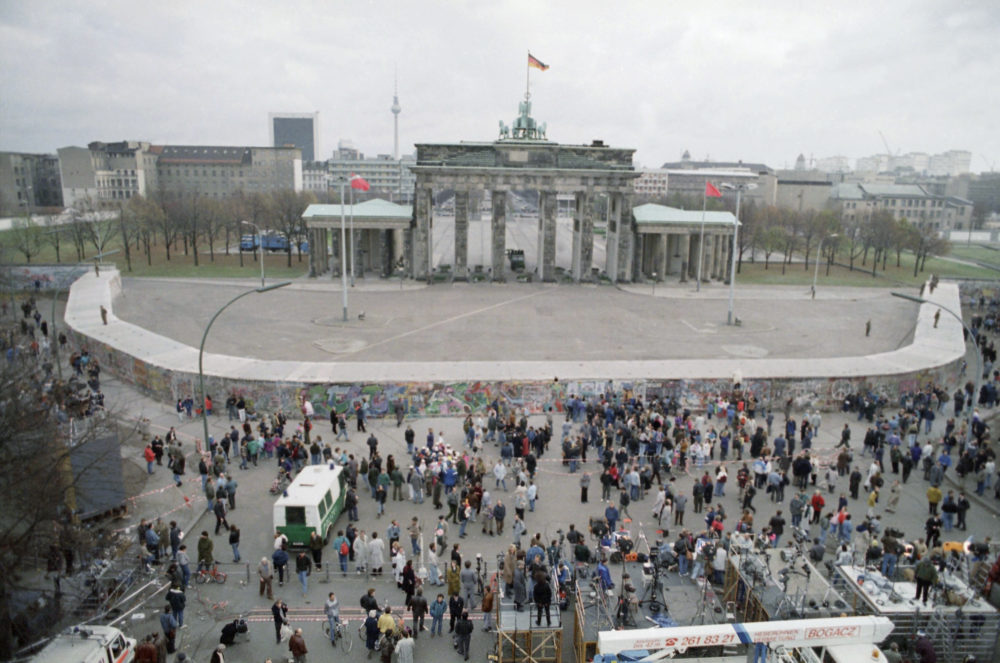
“It was very dangerous. It's very tragic,” Hildebrandt says. “In Berlin was also somebody who built such balloon. And this escape was unsuccessful. He did fall down and die.”
Hildebrandt says West Berliners felt great sympathy for the people who were stuck on the other side of the wall. They showed their support especially by lighting Christmas trees on the border.
“Just after the wall was built, every year to the Christmas time was a light to show the people in the East that here nobody forgets,” she says. “Also, this tradition we continue now. … We will put the lights together at the American embassy in Germany to show the world that we are one world and that Americans do not forget.”
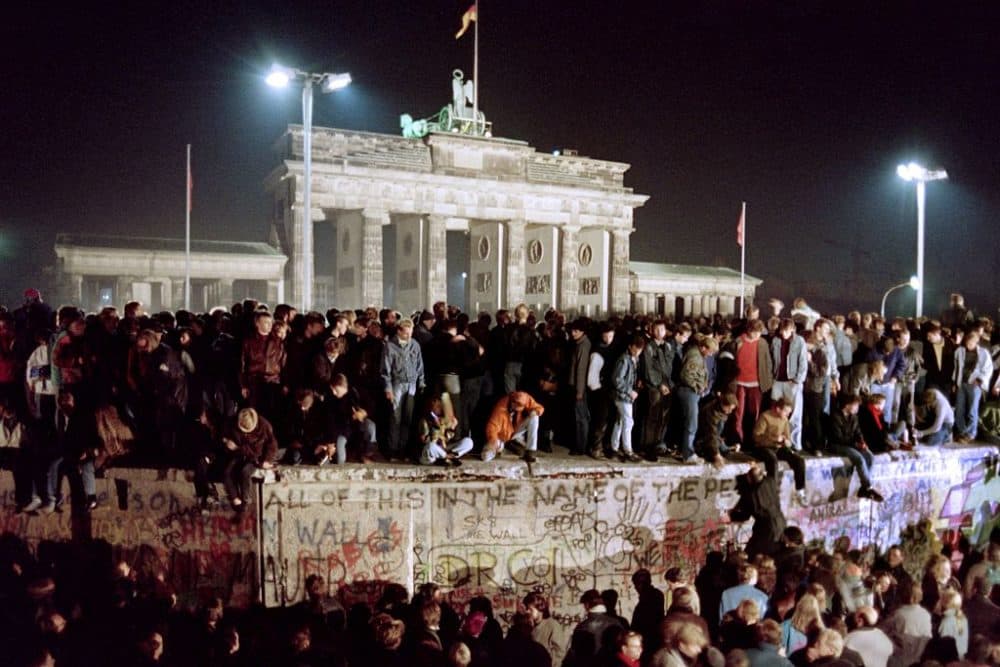
In 1987, former President Ronald Reagan came to Berlin to challenge Soviet Leader Mikhail Gorbachev to prove he was serious about reform. He made his famous speech where he implored Gorbachev to tear down the wall.
Reagan is still adored in the city, Hildebrandt says.
“We have in our museums big exhibitions about Ronald Reagan. But his first visit in Berlin was not 1987, but 1982 when he was here at Checkpoint Charlie and made just one step over this border line,” she says. “He told the whole world, ‘I don't want any more of this division.’ And it became reality.”
But it wasn’t just Reagan who forced the wall to come down.
Political pressure had been building in the East for years, and it reached a peak in October 1989 when thousands of protesters risked their lives in the streets of Leipzig, East Germany, demanding free elections and free movement.
And then, on Nov. 9, 1989, an East German official announced that East Berliners could move unhindered across the border.
“It was just craziness. The wall was down,” Hildebrandt says. “Everybody did cry, just did cry, did put each other in their arms. You couldn't describe it. This is just something very crazy.”
Hildenbrandt has spent her life preserving the memory of the wall and the hundreds of people who died trying to cross it.
“The wall did divide not just Germany. The wall divided the whole world,” she says. “Freedom is very expensive. Everybody is responsible to keep it and to struggle to keep it. And without the past, we have no future.”
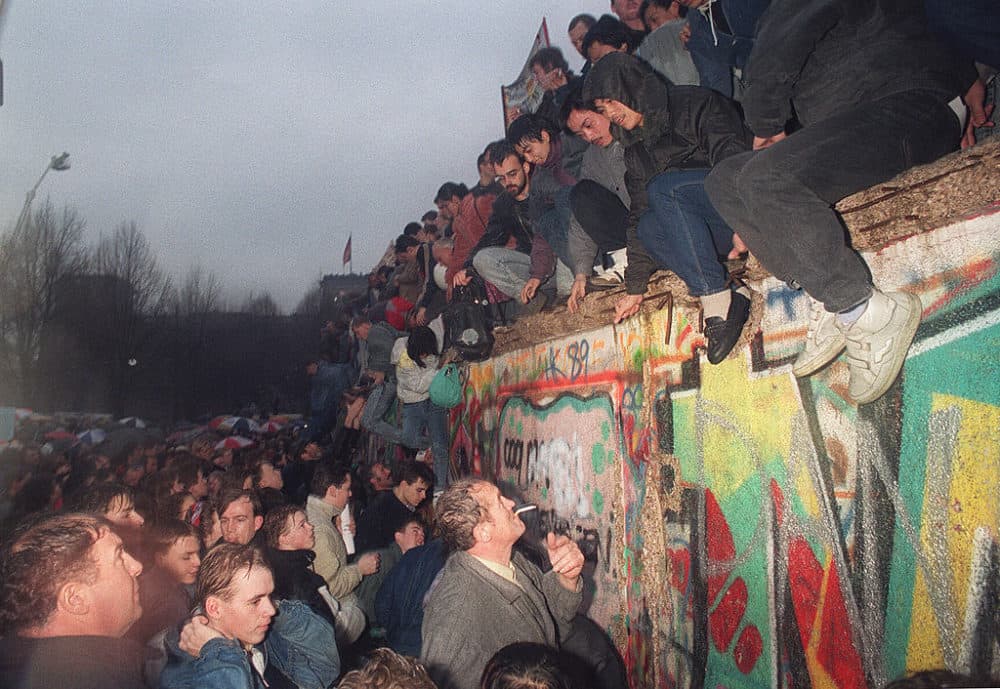
This segment aired on November 8, 2019.
